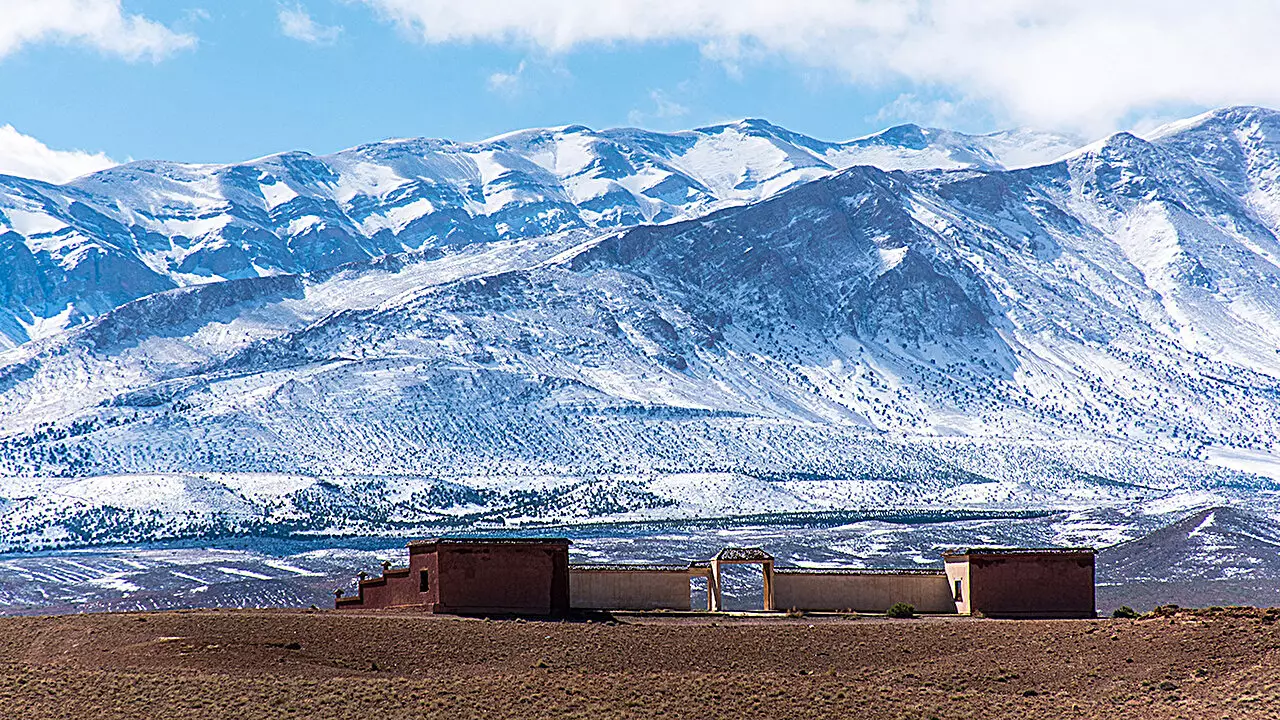The earthquake that struck western Morocco in September 2023, with a magnitude of 6.8, resulted in significant damage and loss of life in rural communities located in the High Atlas Mountains. This event was particularly devastating due to the long period of seismic silence in the region, with the last major earthquake occurring back in 1960. The lack of recent seismic activity may have led to the area being unprepared for the intense shaking and destruction caused by the earthquake. Most seismic activity in Morocco typically occurs near the Rif Mountains to the north of the 2023 epicenter, where the African and Eurasian plates converge. However, in the High Atlas Mountains, the plates are converging at a much slower rate of only about 1 millimeter per year. This slow convergence, combined with mantle upwelling beneath the High Atlas, is believed to be a significant factor in the region’s geological features.
Researchers, including Kai Huang and colleagues, analyzed geodetic and seismic data to determine the origins of the 2023 earthquake in Morocco. They identified that the quake originated in the Tizi n’Test fault system, with a fault plane centered approximately 26 kilometers below the surface. The strongest effects of the rupture were observed at depths ranging from 12 to 36 kilometers. The earthquake also caused displacement of the Moho, the boundary between the Earth’s crust and mantle, located around 32 kilometers below the surface. The researchers suggested that the earthquake might have been triggered by mantle upwelling beneath the High Atlas Mountains, rather than typical faulting activity closer to the surface. This unique origination depth and cause of the earthquake highlight the importance of incorporating deeper dynamics into seismic hazard models for intraplate regions.
The findings from the research conducted by Huang and colleagues underscore the significance of monitoring seismic activity in regions like western Morocco. Areas with slow deformation rates and complex fault structures, such as the High Atlas Mountains, are at risk of infrequent yet catastrophic earthquakes. The authors recommend that seismic hazard models should account for deep-seated dynamics in addition to traditional plate boundary dynamics, as these deeper processes can also contribute to seismic events. By integrating more data on intraplate regions into seismic monitoring efforts, authorities and communities can better prepare for and respond to potential disasters.


Leave a Reply